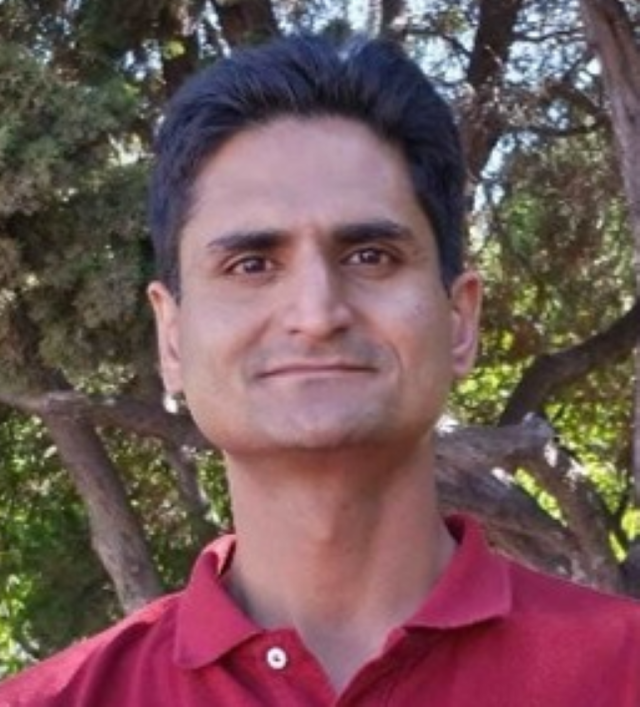
Anshuman Roy (Rhombus Power Inc.): "Finding the Nerve to Build a Digital Nervous System"
Dr. Anshu Roy is the Founder and CEO of Rhombus Power Inc., an AI company trusted by the US national security enterprise from the Air Force to STRATCOM among others. Anshu loves to tackle complex challenges, none more important than devising pathways for Artificial Intelligence to be harnessed to make America safer and stronger and make life better for our people at home. Anshu chose the Al space, and the intersection of national security, civilian security, and technology, because he wants to see the United States dominate this field for the next century. Vexing problem sets are no stranger to Dr. Roy. From 2011 to 2016, he focused Rhombus's efforts on helping with the ongoing cleanup at Fukushima Daiichi Nuclear Power Plant in Japan, through his invention called Mercury™ - Rhombus· patented platform for solid-state subatomic particle detection platform. Before starting Rhombus, he earned a PhD in Chemical Engineering from the University of Michigan, Ann Arbor, at the intersection of polymer physics, fluid dynamics, and high performance computing. At UC Santa Barbara he did postdoctoral research with Prof. Gary Leal on the physics of droplet breakup and coalescence, and then teamed up with Prof. Alan Heeger from 2007 to 2010 to set a world record in polymer solar cell efficiency (together with Prof. Sung Heum Park).
Abstract: There exists a big yawning gulf between the Board rooms of the commercial sector and the labs of the sciences. But at the best moments in our history, when we apply the mindset and skills of engineering and physical sciences to the most vexing problems of the government and commercial world, interesting things happen. It's how we won the Cold War. It’s how we came to dominate Space. And, it is equally true that when scientific approaches borrowed from the physical sciences are absorbed into the business world, enterprises become more efficient and productive. But such cross-over demands all sides learning the language and perspectives of the other. It demands a recognition that scientists can inform businesspeople, and businesspeople have value to scientists.
My journey beyond UC Santa Barbara often reminds me of Prof. Alan Heeger’s book “Never Lose Your Nerve,” the chronicle of a brilliant thinker's journey from a small town in northwest Iowa to the Nobel Prize stage, and beyond. It’s a profile of a thoughtful risk-taker in his field, unafraid to choose hard problems, motivated by a deep desire to have impact on the world.
But for me, the mindset of “never losing my nerve” meant navigating those unknown places where people like me – or what I used to be back in 2011 when I started my journey outside academia – rarely ventured. Far from academia, miles from the laboratory, I had to learn an entire new language and culture if I had any chance of making my aspirations in engineering and science have any impact for anyone beyond a white paper; in other words, I had to learn the language almost of a different planet to see for myself how the world of physical sciences could reshape the world of business. I had to find out how to bridge two worlds, and in doing so, I saw just how desperately needed the physical science perspective is outside the Ivory Tower. This is the story I learned on that journey, bridging the gulf between Stanford Research Park and Strategic Command, Space Command, and everywhere in between.